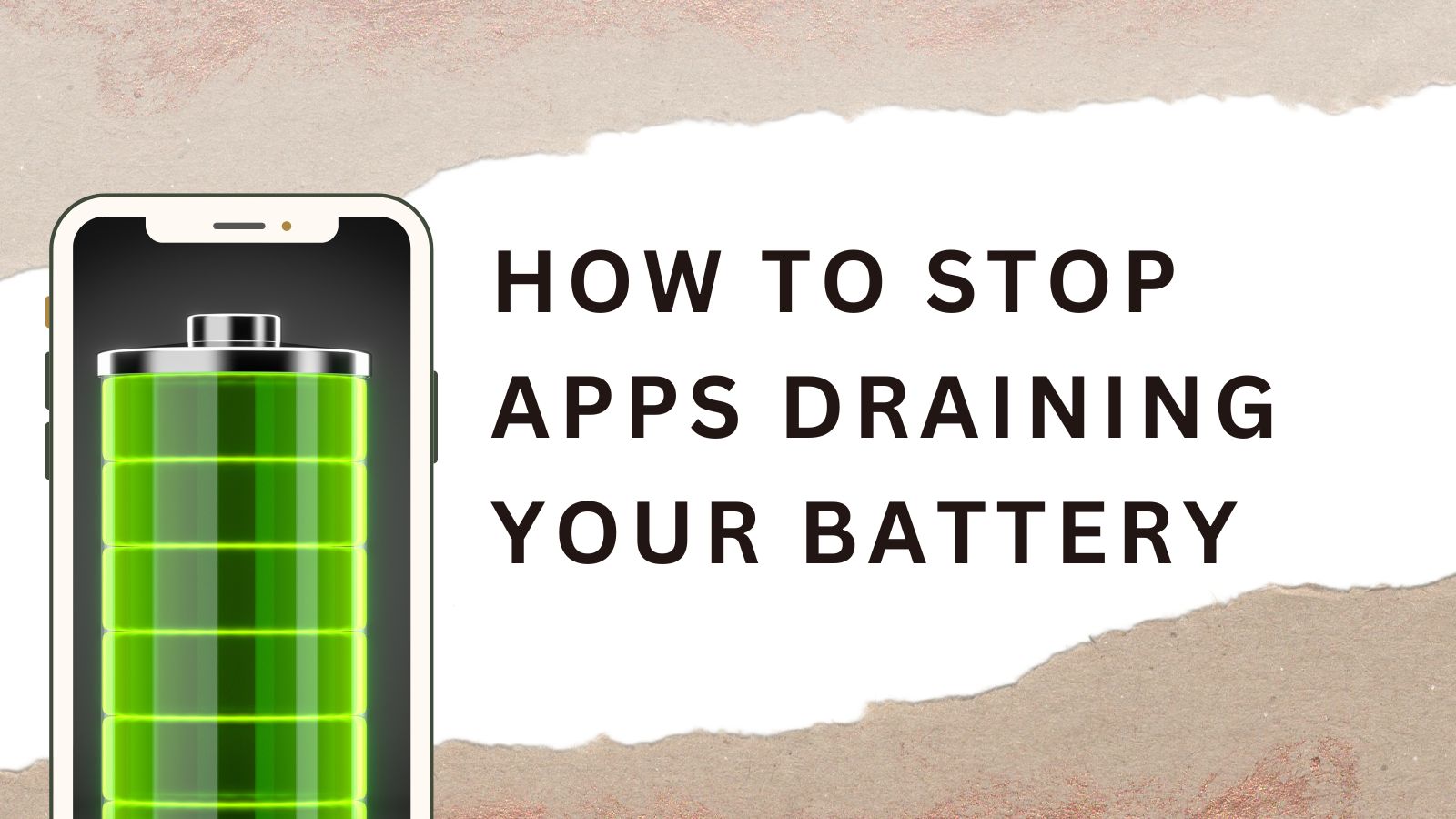Nothing is more frustrating than a phone battery that dies too quickly, especially when you have something important doing. In many cases, the problem isn’t your battery but rather, it’s the apps running in the background. The good news is, you can take control. Here are some simple steps to stop apps from draining your battery.
How To Know Apps Draining your Battery
1. Check Battery Usage
Go to your phone’s settings and review which apps consume the most power. On both Android and iOS, you’ll find a breakdown that highlights the biggest offenders. If one app constantly drains power, consider limiting or uninstalling it. Better still, you can find alternatives to use.
Steps to Check Battery Usage
On iPhone
-
Open Settings.
-
Scroll down and tap Battery.
-
Here, you’ll see a Battery Level graph and a list of apps with their battery usage.
-
You can switch between the Last 24 Hours and the Last 10 Days to get a clearer picture.
-
Tap on an app to see more details, like how much time it was active on screen vs. in the background.
On Android
(steps may vary slightly depending on your phone model and Android version)
-
Open Settings.
-
Tap Battery or Battery & device care.
-
Select Battery usage.
-
You’ll see a breakdown of apps and how much power each one has consumed.
-
Tap an app for more details, such as background vs. active usage.
2. Limit Background Activity
Apps don’t need to run all the time. On iPhones, turn off Background App Refresh for non-essential apps. On Android, restrict background data or set apps to “sleep mode” when you’re not using them.
3. Manage Notifications
Unnecessary push notifications wake up your phone and drain the battery. Turn off alerts from apps you don’t need real-time updates from, like shopping or social media apps.
4. Adjust Location Services
Location tracking is one of the biggest power drains. Set apps to use your location only while in use instead of “always.” This way, maps and ride-sharing apps still work, but they won’t constantly track you in the background.
5. Keep Apps Updated
Developers often release updates that improve battery efficiency. Regularly update your apps through the App Store or Google Play. Outdated apps can be buggy and use more energy.
6. Remove Unused Apps
Every app, even if rarely opened, can run background processes. Delete the ones you don’t need. Fewer apps mean less battery consumption.
On iPhone
-
From the Home Screen
-
Find the app you want to remove.
-
Press and hold the app icon until a menu appears.
-
Tap Remove App, then choose Delete App to uninstall it completely.
-
-
From Settings
-
Go to Settings > General > iPhone Storage.
-
You’ll see a list of apps with how much space each one takes.
-
Tap on an app and select Delete App.
-
On Android
(steps may vary slightly depending on your phone brand and Android version)
-
From the Home Screen or App Drawer
-
Find the app you want to remove.
-
Press and hold the icon until options appear.
-
Tap Uninstall and confirm.
-
-
From Settings
-
Open Settings > Apps or Apps & notifications.
-
Scroll through the list and tap the app you want to remove.
-
Tap Uninstall and confirm.
-
Conclusion
By following these steps, you can extend your phone’s battery life and enjoy a smoother experience without constant charging. Small adjustments go a long way in keeping your device powered throughout the day.






